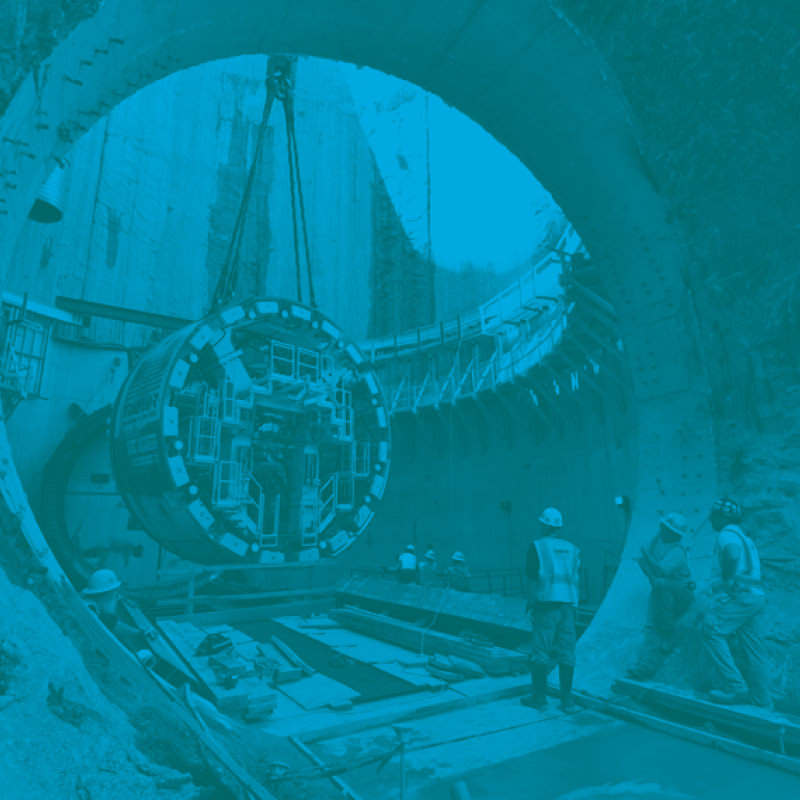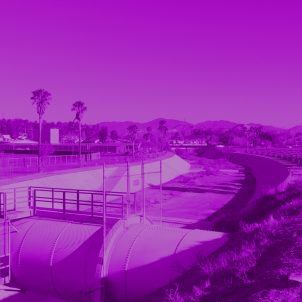Invisible Improvement Under Busy Streets
February 16, 2017
...


February 16, 2017
3D printing could transform the construction industry by reducing construction waste, as well as cutting project time and labor costs. In recent years, engineering research teams have been experimenting with using 3D printing for buildings. Huge over-sized printers use a special concrete and composite mixture that is much thicker than regular concrete, so that it......

Handling Increased Cargo with Containers on Barge
February 16, 2017
Increased congestion on the highways coupled with a high volume of container traffic led the Port of Greater Baton Rouge and the Port of New Orleans to look to inland water transportation to move cargo. The two ports are coordinating their efforts to bring a container on barge service to the Lower Mississippi River. Many......

February 16, 2017
Newark, New Jersey’s Passaic River faced alarmingly high levels of contamination with mercury and carcinogenic toxins, forcing the U.S. Environmental Protection Agency to require action. Meanwhile, a lack of significant green space prevented the city’s residents from using the waterway for recreation. Working with local partners, the Trust for Public Land used the river clean-up......

February 16, 2017
New York City leaders must constantly overcome the challenges of wastewater management, flood protection, and pollution reduction resulting from the city’s dense population. Adding to these challenges, 2012’s Superstorm Sandy revealed the significant vulnerabilities of Brooklyn’s 26th Ward Wastewater Treatment Plant. Flooding in the building itself, coupled with an onslaught of stormwater, resulted in the......

Sustainable Air(port) Conditioning
February 16, 2017
Providing air conditioning through traditional means for the million-square-foot Nashville International Airport proved to be expensive, costing more than $430,000 a year. The airport looked to the abandoned Hoover Rock Quarry, which sits next to one of its busiest runways, as a source of cooling power for the air conditioning system. Once considered to be......

On the Rise to Become More Resilient
February 16, 2017
In the wake of Superstorm Sandy’s crippling damage to infrastructure across New Jersey, New Jersey Transit (NJT) was awarded $1.27 billion in resiliency grant funds from the Federal Transit Administration (FTA) to make transit infrastructure more secure in the event of future natural disasters. The FTA grant distribution process employed a revolutionary program, which rated......

February 16, 2017
After the 1989 Loma Prieta earthquake shut down the air traffic control tower at the San Francisco International Airport (SFO), the need for resilient infrastructure was clear to airport administrators, including in the design of SFO’s newly completed air traffic control tower. The new tower is designed to withstand a 7.5 magnitude earthquake, and features......

Innovating Together with WaterStart
February 16, 2017
Faced with an average rainfall of just 4 inches each year, officials in Las Vegas, Nevada looked for new ways to conserve the water from Lake Mead. Through the WaterStart initiative, the city has successfully implemented several new programs that utilize emerging technologies to increase the amount of water saved. Drones are used to monitor......

February 16, 2017
Collecting the necessary data to maintain water pipelines and sewers is often time-consuming and expensive. Thanks to a robot and the University of Texas at Arlington, a more cost effective and time efficient solution is now revolutionizing the monitoring of the city’s sewer pipes. The floating robot is equipped with a high-definition video camera, a......
Select your home state, and we'll let you know about upcoming legislation.
"*" indicates required fields